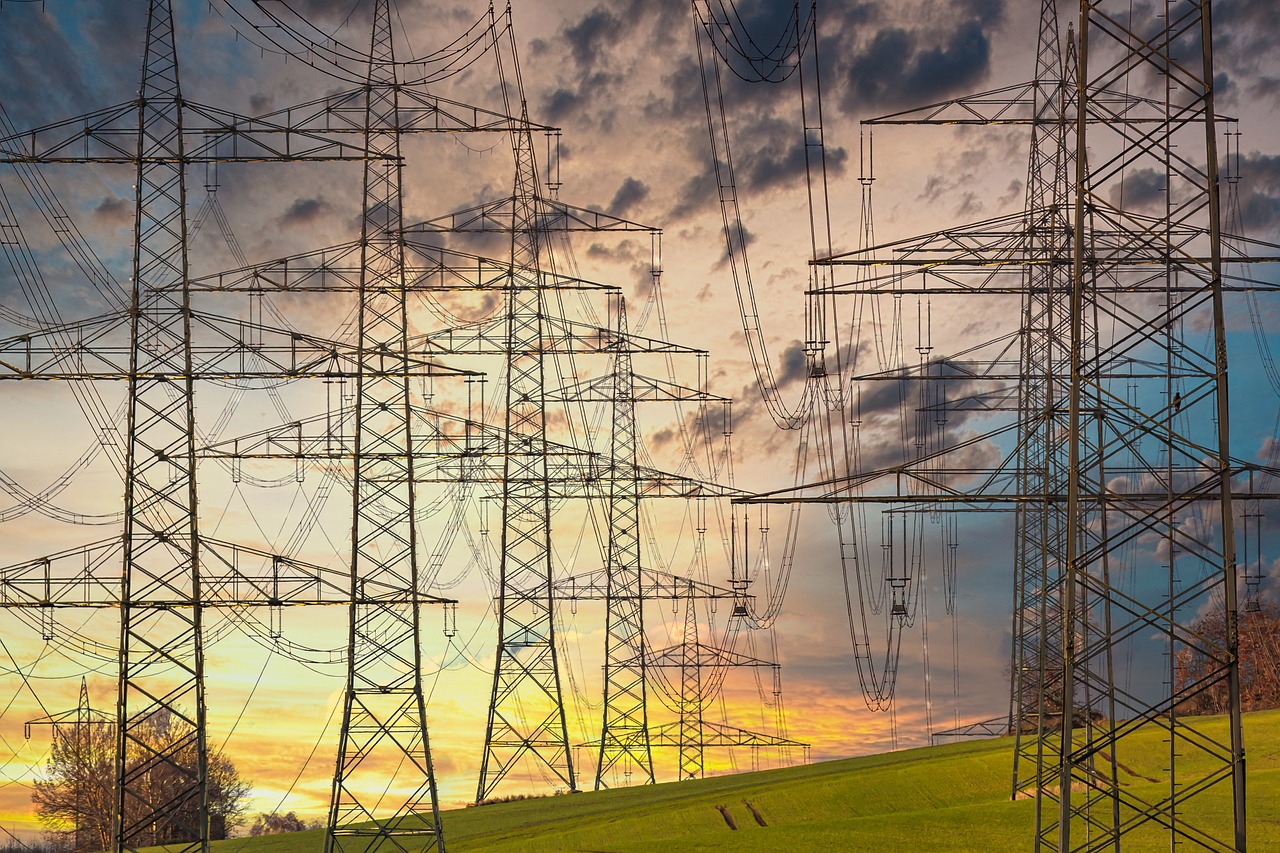1 Energy Transition Stock Set to Thrive Under Trump 2.0

Donald Trump’s election victory hit renewable energy stocks hard, thanks to concerns about how his policies might impact the sector.
President-elect Trump has pledged to end offshore wind in the U.S. on “day one,” and to stop doling out subsidies under President Biden’s Inflation Reduction Act (IRA), designed to boost renewables across the U.S. His campaign has also said he will take the U.S. out of the Paris Agreement on climate change.
Trump Impacts
Even a partial repeal of the IRA or modifications would have a large impact.
Modeling by the energy consultancy Wood Mackenzie indicates that if all potential modifications — such as reducing tax credit bonuses and changing eligibility timelines — are made, about one-third less renewable energy capacity will get built in the U.S. over the next decade.
And the “permitting process for future [offshore wind] projects might be halted by federal government agencies,” analysts at RBC have warned.
Beyond those immediate potential changes, Trump’s plans for new import tariffs - on things like solar panels - and other protectionist measures could push up the costs of developing renewable energy in the U.S., slowing their rollout.
However, there is one section of the energy transition that will be immune to the “Trump Effect.”
Grid Power
While wind and solar stocks drop, I’d rather zero in on a corner of the energy transition that will not only survive the president-elect’s agenda, but thrive: the electric grid.
One day after the election, analysts at TD Securities told clients that grids and the equipment needed to build them now represent one of “the best-positioned energy transition sub-sectors.”
I totally agree, and it’s a move that’s already paying off.
Since the Nov. 5 election, a stock market gauge of the equipment that goes into grids is up about 6%, while the broader S&P Global Clean Energy Index has lost roughly a tenth of its value. In the same period, the S&P 500 Index ($SPX) is up about 1.5%.
Companies tied to electric grids were already outperforming other corners of the green sector well before the U.S. election. The First Trust NASDAQ Clean Edge Smart Grid Infrastructure Index Fund (GRID) rose 28% over the last year and more than 17% year-to-date.
Cheap Electricity for All?
The president-elect has promised U.S. companies access to cheap electricity, so the grid is central to that.
The changes underway in U.S. energy policy coincide with an historic surge in demand. Wood Mackenzie estimates the U.S. is now facing the biggest energy consumption bump in several decades, with growth expected to be as high as 15% in some regions over the next five years - all thanks to Big Tech and AI.
Under President Biden, power grid development received more than $30 billion in government support. And in May, U.S. regulators finalized rules enabling the biggest sector reforms in at least a decade designed to speed up grid construction.
I doubt a President Trump would gut that. Especially in the light of the fact that the grid industry globally is being overwhelmed.
The world’s largest producer of transformers, Hitachi Energy, has warned its industry is “overwhelmed” and unable to meet exploding demand for grid equipment. The company is part of the Japanese conglomerate, Hitachi (HTHIY). Bolstered by a takeover of ABB Power Grids in 2020 that valued it at $11 billion, Hitachi Energy has become a key growth engine for the parent company.
Transformers are vital to change the voltage of electricity to enable power to flow efficiently from power plants to end users. They can be the size of a house, weighing between 400 and 500 tons. Making them is labor-intensive and requires specialized winding machines that take years to actually obtain.
Transformers had long been readily available within six to eight months, because of a long-standing glut. But now, demand in the $48 billion market has suddenly rocketed. Its size is forecast to reach $67 billion by 2030, according to estimates by consultancy Rystad Energy.
Electric utilities wanting to buy this key piece of electrical infrastructure now have to wait three to four years, if they have not reserved one already.
Keep in mind that the expanding share of renewable energy in the electricity mix requires more transmission equipment because they are often located far from users, and produce power from more dispersed sources than traditional electricity plants.
That’s just another reason - along with climate change (more severe storms knocking out power)- why Wood Mackenzie predicts that global demand for transformers will nearly triple by 2034. This demand is already pushing up the price of transformers, as well.
A Transformative Investment
This is great news for any company involved in the transformer supply chain.
Among the companies involved, besides the aforementioned Hitachi, are: Japan’s Mitsubishi Electric (MIELY), France’s Schneider Electric (SBGSY), Germany’s Siemens Energy (SMNEY), and GE Vernova (GEV).
I consider the last of these to be the perfect stock for the dawning age of electricity. And being an American industrial icon will only help it in the next Trump Administration, with regard to the modernization and build-out of the electric grid.
The stock is up over 10% just since I last spoke about it in late October. And it is up more than 160% since GE split up and it began trading as a separate public company in late March.
Buy GEV anywhere under $350.

On the date of publication, Tony Daltorio had a position in: GEV . All information and data in this article is solely for informational purposes. For more information please view the Barchart Disclosure Policy here.